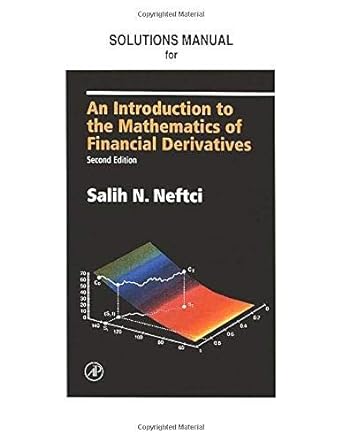Answered step by step
Verified Expert Solution
Question
1 Approved Answer
Simon Company's year-end balance sheets follow. At December 31 Assets Cash Accounts receivable, net Merchandise inventory Prepaid expenses Plant assets, net Total assets Liabilities and
Simon Company's year-end balance sheets follow. At December 31 Assets Cash Accounts receivable, net Merchandise inventory Prepaid expenses Plant assets, net Total assets Liabilities and Equity Accounts payable Long-term notes payable Common stock, $10 par value Retained earnings Total liabilities and equity Current Year 1 Year Ago 2 Years Ago $ 37,800 $ 31,800 89,500 112,500 10,700 278,500 $ 35,625 62,500 82,500 9,375 255,000 $ 445,000 $ 523,000 $ 129,900 $ 75,250 101,500 163,500 104,750 98,500 163,500 131,100 $ 523,000 $ 445,000 50,200 54,000 5,000 230,500 $ 377,500 $ 51,250 83,500 163,500 79,250 $ 377,500 The company's income statements for the current year and 1 year ago, follow. For Year Ended December 31 Sales Cost of goods sold Other operating expenses Income tax expense. Interest expense Current Year $ 673,500 $ 411,225 209,550 12,100 9,525 1 Year Ago $ 532,000 642,400 $ 31,100 $ 1.90 $ 345,500 134,980 13,300 8,845 502,625 $ 29,375 $ 1.80 Total costs and expenses Net income Earnings per share For both the Current Year and 1 Year Ago, compute the following ratios: (3-a) Compute return on total assets for the current year and one year ago. (3-b) Based on return on total assets, did Simon's operating efficiency improve or worsen in the Current Year versus 1 Year Ago? Complete this question by entering your answers in the tabs below. Required 3A Required 38 Compute return on total assets for the current year and one year ago. Current Year: 1 Year Ago: Return On Total Assets Numerator: Denominator: 1 1 Return on total assets % %
Step by Step Solution
There are 3 Steps involved in it
Step: 1

Get Instant Access to Expert-Tailored Solutions
See step-by-step solutions with expert insights and AI powered tools for academic success
Step: 2

Step: 3

Ace Your Homework with AI
Get the answers you need in no time with our AI-driven, step-by-step assistance
Get Started


